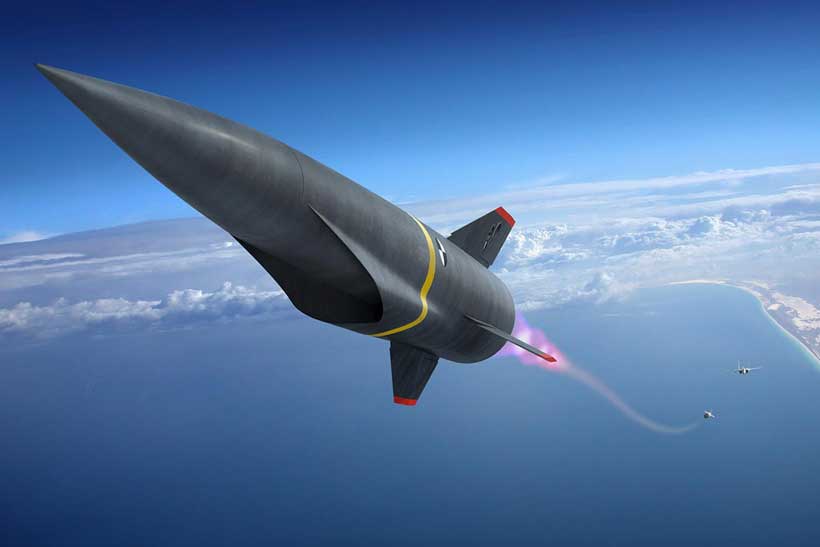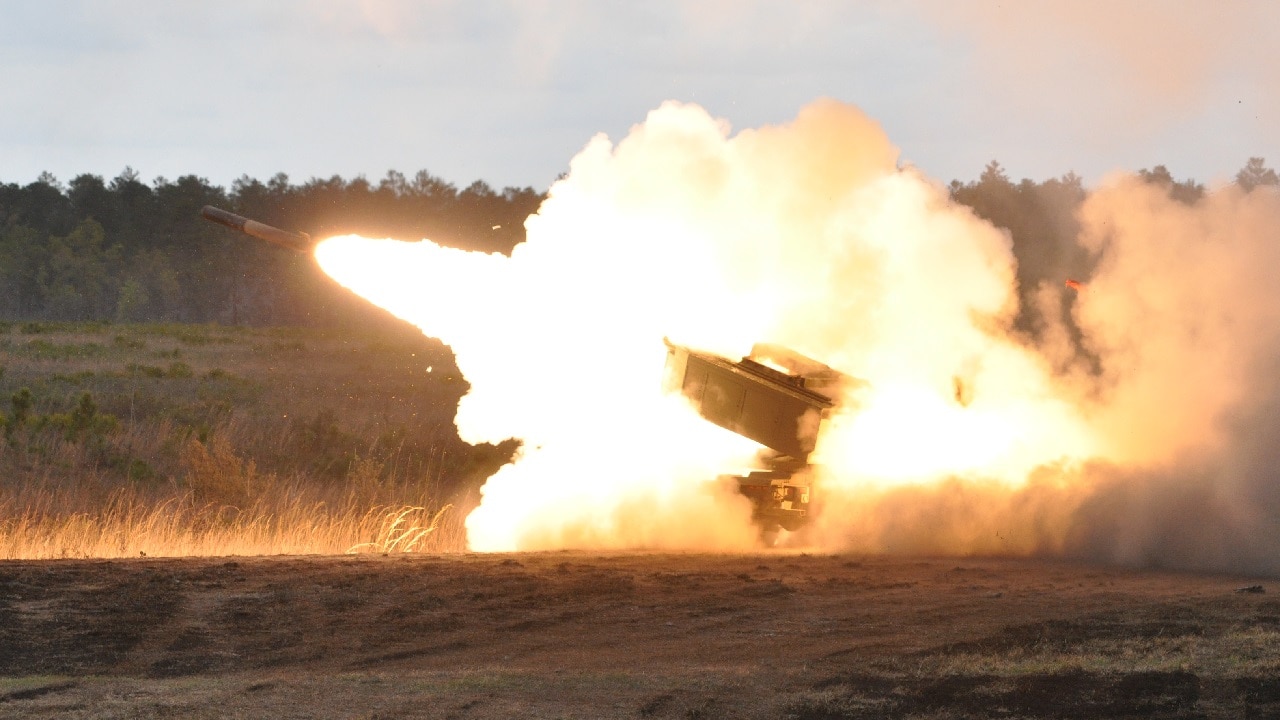Laura Höflinger
 It wouldn’t be the first time that the world order shifted with billionaire Nandan Nilekani playing playing a part in it.
It wouldn’t be the first time that the world order shifted with billionaire Nandan Nilekani playing playing a part in it.With his company, he experienced firsthand what a meteoric rise feels like. And if it were up to him, the miracle would happen again – but this time for his entire country. "I haven’t seen that kind of excitement for a long time."
Nilekani, 67, is sitting in the meeting room of his foundation in Bangalore. Inside, it is cool and quiet, while the streets outside are buzzing with mopeds and cars competing for road space. Within just 20 years, the population of this southern Indian metropolis has doubled to an estimated 13 million people. Almost every large tech company in the world has an office here, with shining buildings among the palm trees. Bangalore is the epitome of outsourcing and globalization. Hundreds of thousands of jobs at IT companies and call centers that left the United States and Europe in the 1990s have ended up in this city.
It was a process that made people like Nilekani wealthy. More than 40 years ago, he and a handful of colleagues founded Infosys, with an initial investment of $250. Today, the IT giant employs more than 340,000 people and generates annual revenues of $18 billion. One of the company’s founders is British Prime Minister Rishi Sunak’s father-in-law.











 File Image: Su-34
File Image: Su-34






